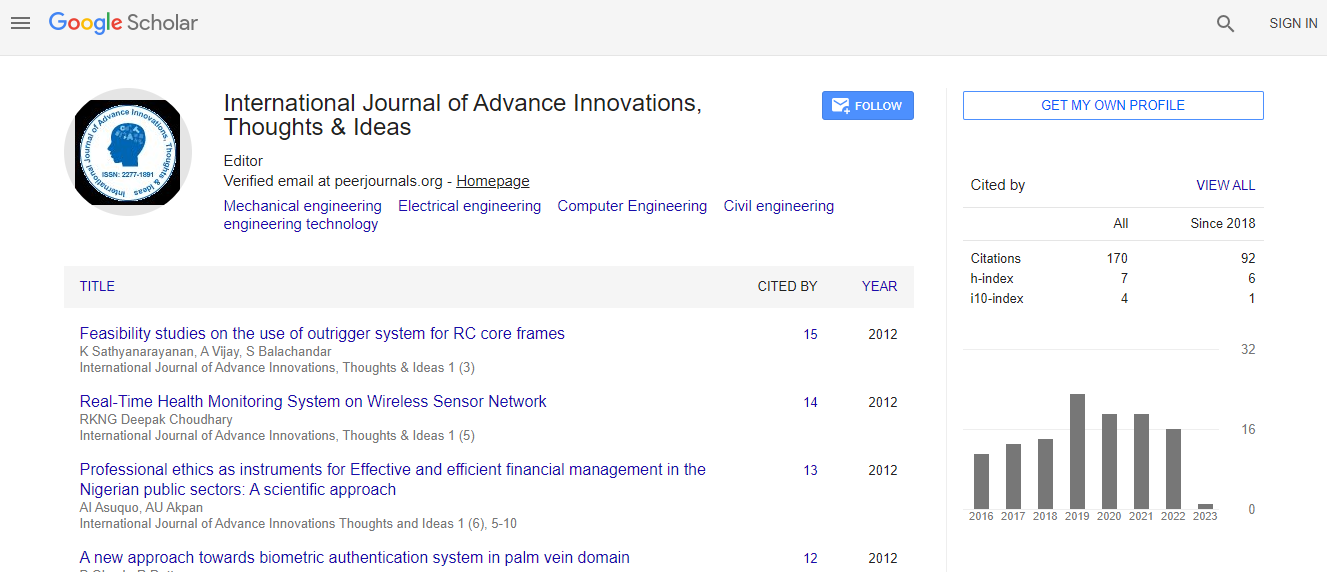Mini Review
Neuroprotective Effects of Pituitary Adenylate Cyclase-Activating Polypeptide
Rui Ji1, Lingbin Meng2 and Rongqiang Yang1*1Department of Biochemistry and Molecular biology, University of Louisville, School of Medicine, Louisville, KY 40202, USA
2Department of Anatomical Sciences and Neurobiology, University of Louisville, School of Medicine, Louisville, KY 40202, USA
- *Corresponding Author:
- Dr. Rongqiang Yang
University of Louisville, School of Medicine
319 Abraham Flexner Way, Louisville, KY 40202, USA
E-mail: r0yang02@louisville.edu
Received date: June 15, 2014; Accepted date: June 24, 2014; Published date: June 27, 2014
Citation: Rui J, Lingbin M, Rongqiang Y (2014) Neuroprotective Effects of Pituitary Adenylate Cyclase-Activating Polypeptide. Int J Adv Innovat Thoughts Ideas 3:156. doi:10.4172/2277-1891.1000156
Copyright: © 2014 Rui Ji, et al. This is an open-access article distributed under the terms of the Creative Commons Attribution License, which permits unrestricted use, distribution, and reproduction in any medium, provided the original author and source are credited.
Abstract
Pituitary adenylate cyclase-activating polypeptide (PACAP) is a member of the secretin/glucagon/vasoactive intestinal peptide (VIP) super family. PACAP was first isolated from an ovine hypothalamus and named because it stimulated cAMP production in the rat pituitary cell culture. PACAP is widely expressed in the central and peripheral nervous systems. PACAP plays the roles of neurotransmitter, neuromodulator and neurotrophic factors via three Gprotein binding receptors, PAC1, VAPC1 and VPAC2. A number of recent studies have discovered the neuroprotective functions of PACAP in both in vitro and in vivo models. PACAP protects the neurons from death through both direct and indirect ways. PACAP inhibits caspase-3 through cAMP-PKA or MAP kinase-signaling pathways. Moreover, PACAP can stimulate astrocytes to release neuroprotective factors, such as interleukin-6 (IL-6). The present review will briefly summarize the recent studies and provide information for the future use in the clinic.

 Spanish
Spanish  Chinese
Chinese  Russian
Russian  German
German  French
French  Japanese
Japanese  Portuguese
Portuguese  Hindi
Hindi 
